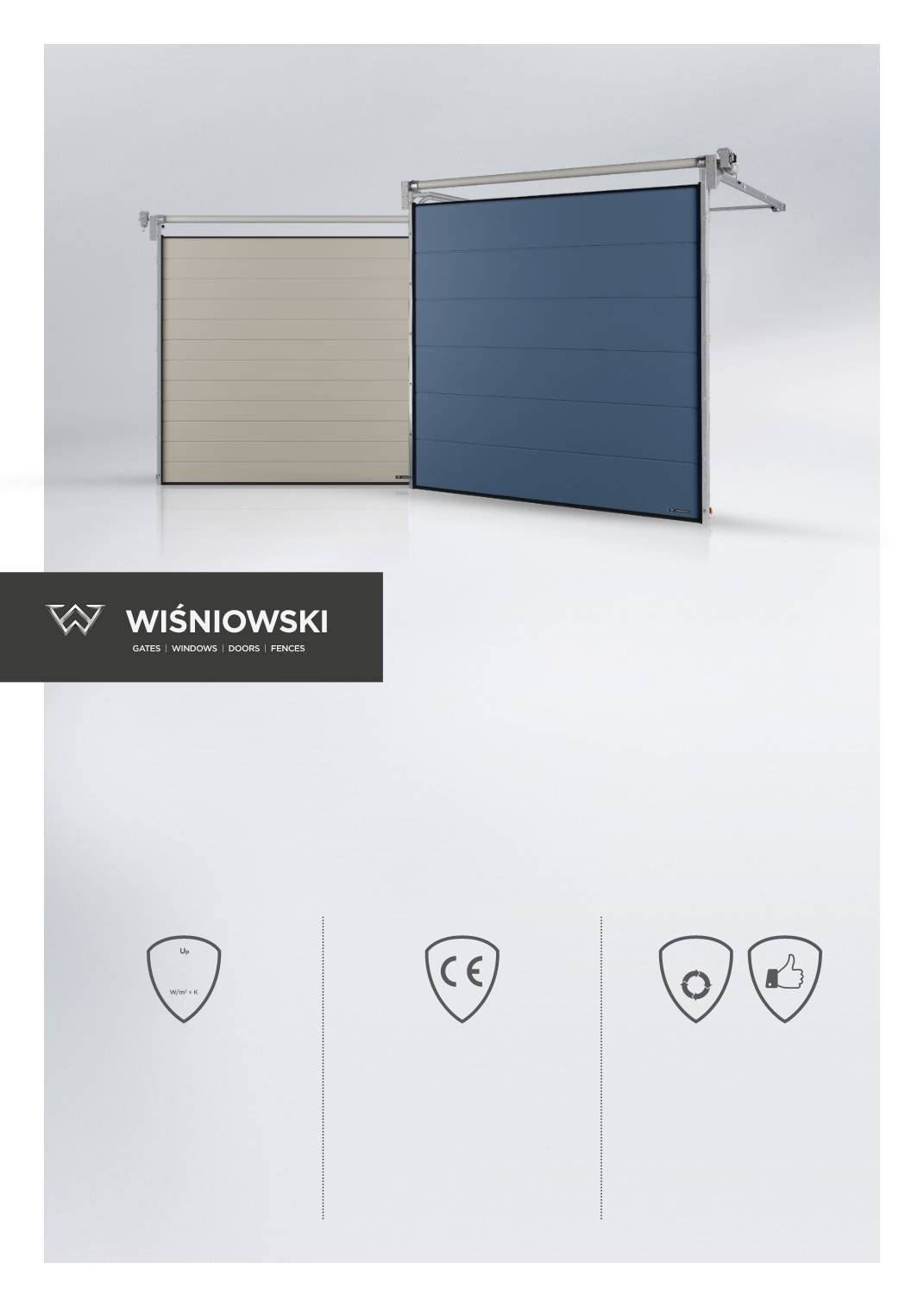
Latex paint originally used natural rubber, or latex, as the binder. What Is Latex Paint? Sebastian Duda/Shutterstockīinders are plastic-like substances that make the surface of the paint tough when it dries. For oil-based paints, it’s an oil such as linseed oil. The solvent keeps ingredients dissolved in liquid so they can be applied to the surface. Most coatings for house painting have four main ingredients: If you can think of something you’d like a coating to do, there is probably a paint available with a special ingredient to do it. You can get paints specially formulated to make masonry waterproof, to protect roofs from mildew, and to do many other jobs. Over the millennia, we have developed a vast number of different types of paints for many different uses. Here’s everything you need to know about latex paint for your next home improvement project. It is washable and available in many finishes, from matte to high gloss. Latex is also inexpensive and available in different colors and formulations for just about any use. And it emits fewer gases when drying compared to the oil-based paint that is the main alternative. There are good reasons for using latex for your paint job. About 75 percent of paint sold is latex, and the percentage has been climbing for years. Today the most common of paint used for interior and exterior painting of walls and similar surfaces is latex-based paint. The oldest paintings, dated from 65,000 years ago, used mineral pigments smeared on rock. The first choice to make when you are getting ready to tackle a painting project is what type of paint you’ll use. We highly suggest consulting a professional before attempting any DIY home improvements or repairs. Read on to learn more.ĭisclaimer: The information included in this post is for informational purposes only and should not be taken as legal, financial, or DIY advice. This widely-used paint is versatile, easy to apply, and more environmentally friendly than its oil-based cousins.

Latex paint becomes more popular as time goes on.


 0 kommentar(er)
0 kommentar(er)
